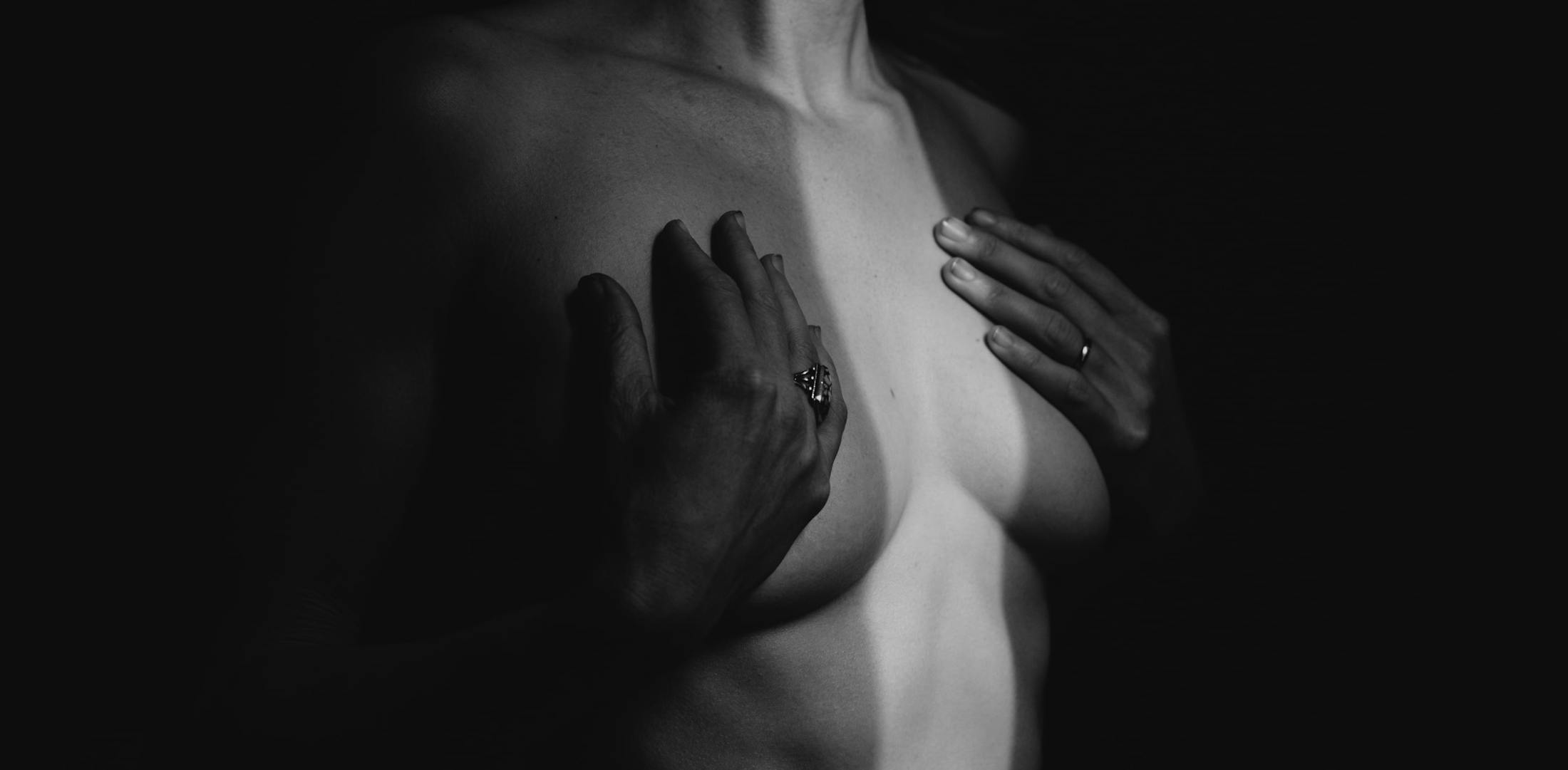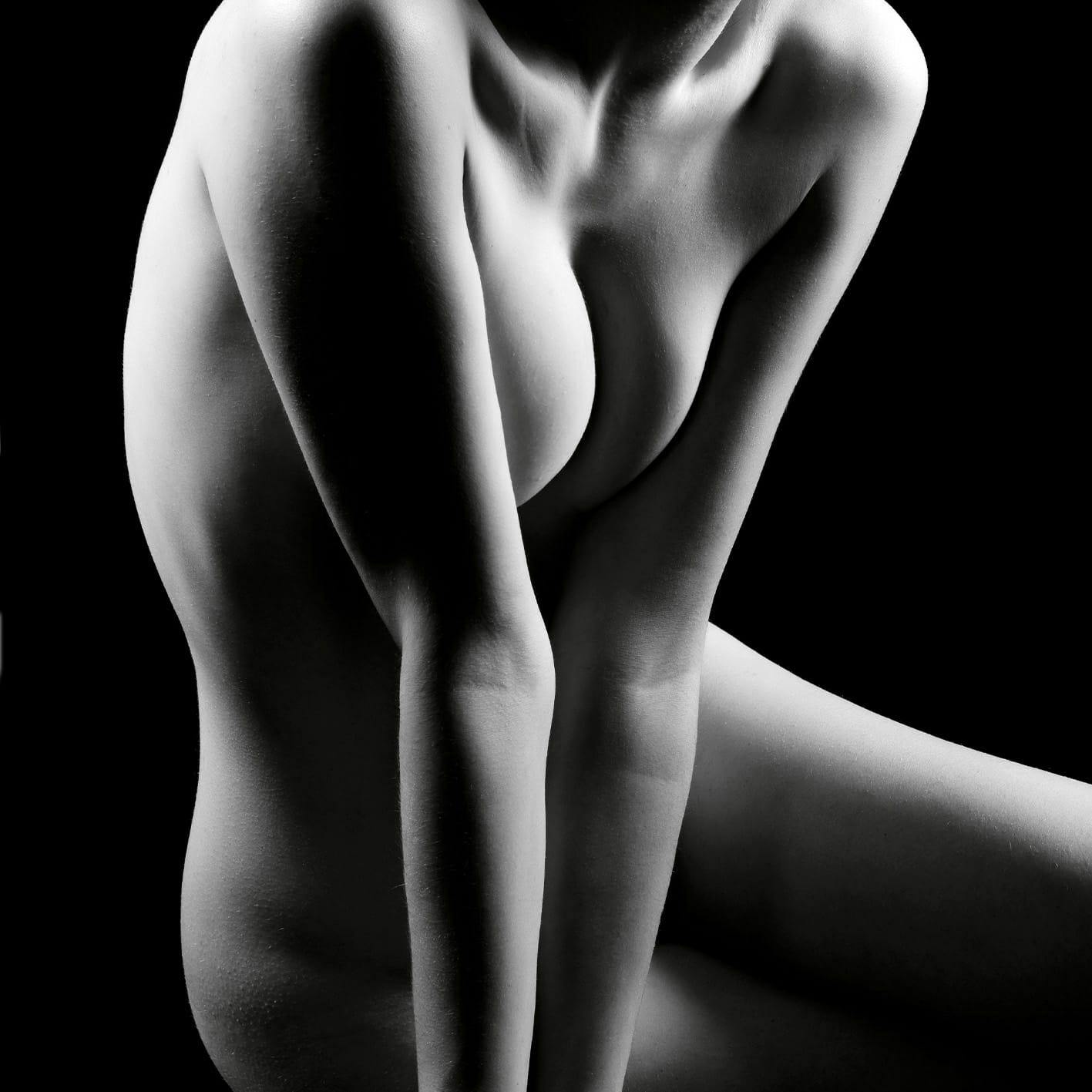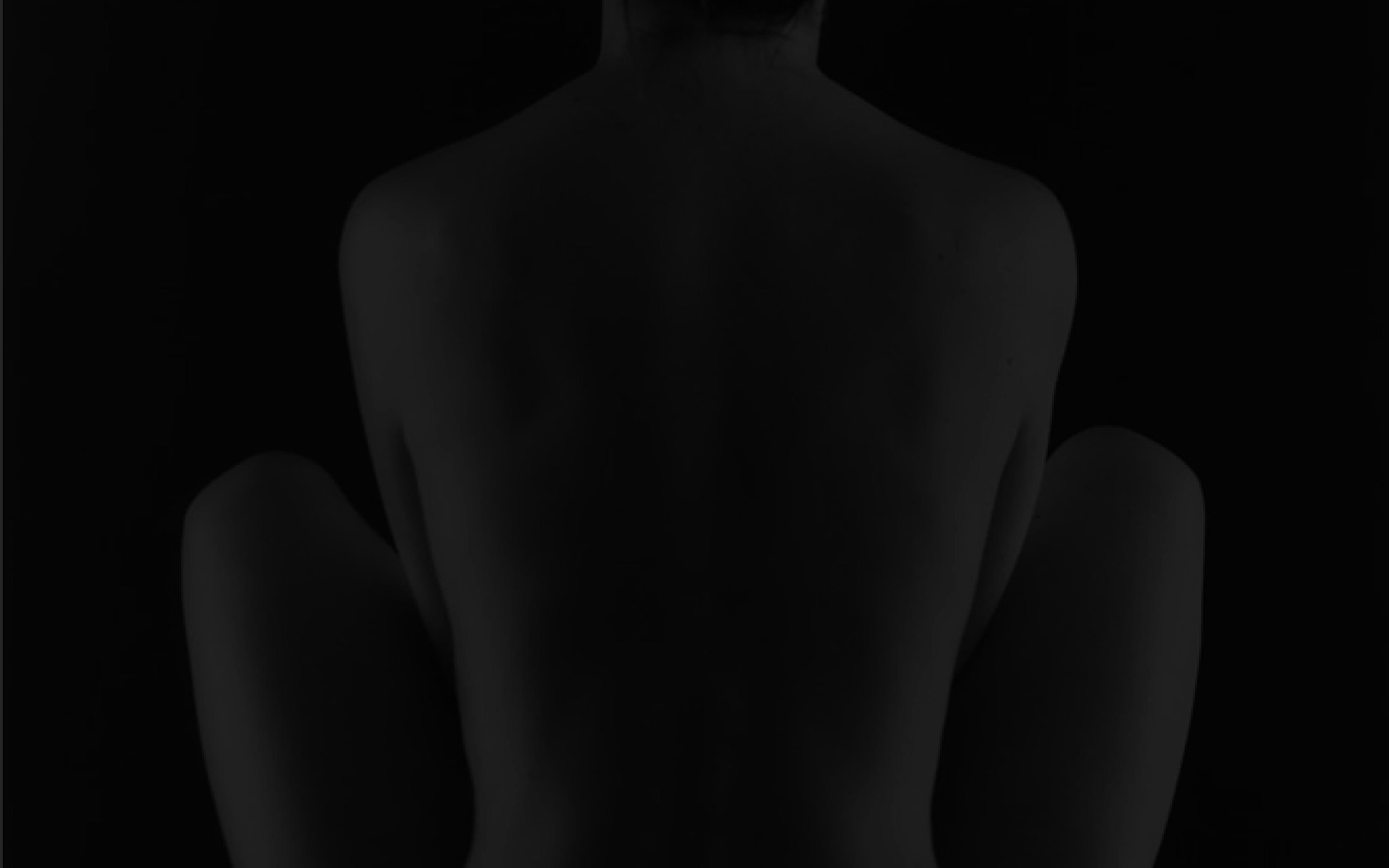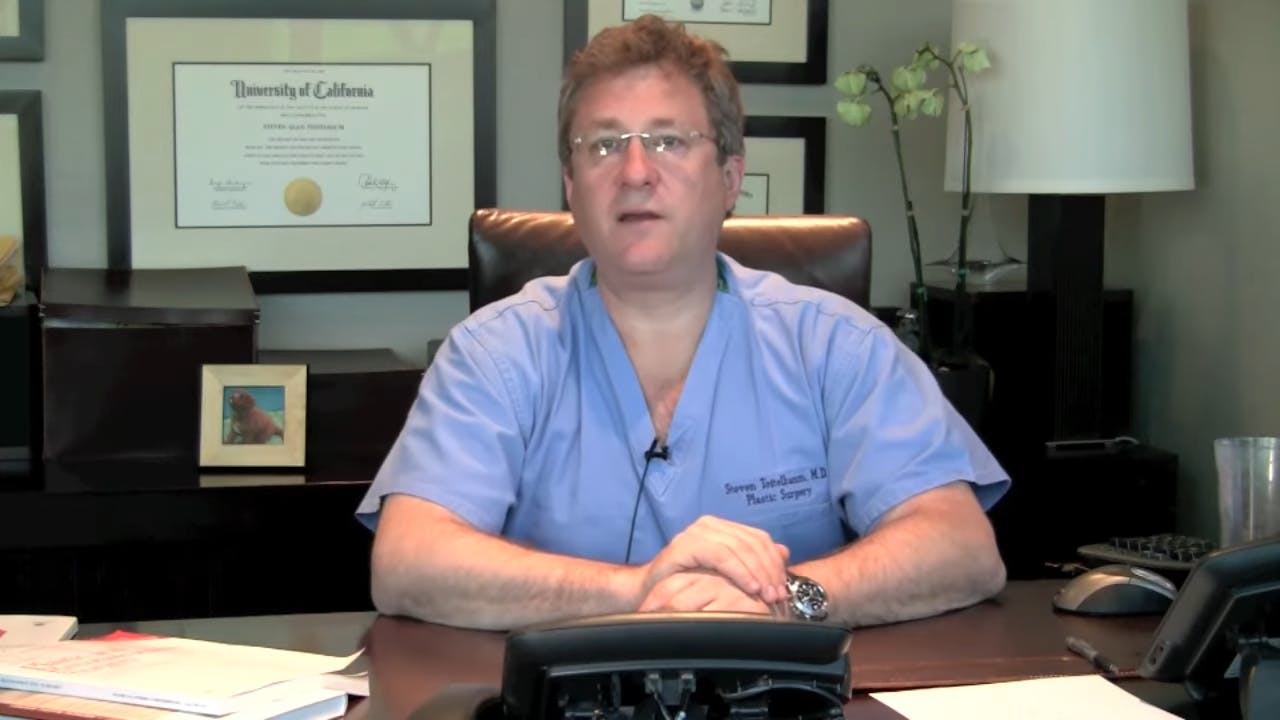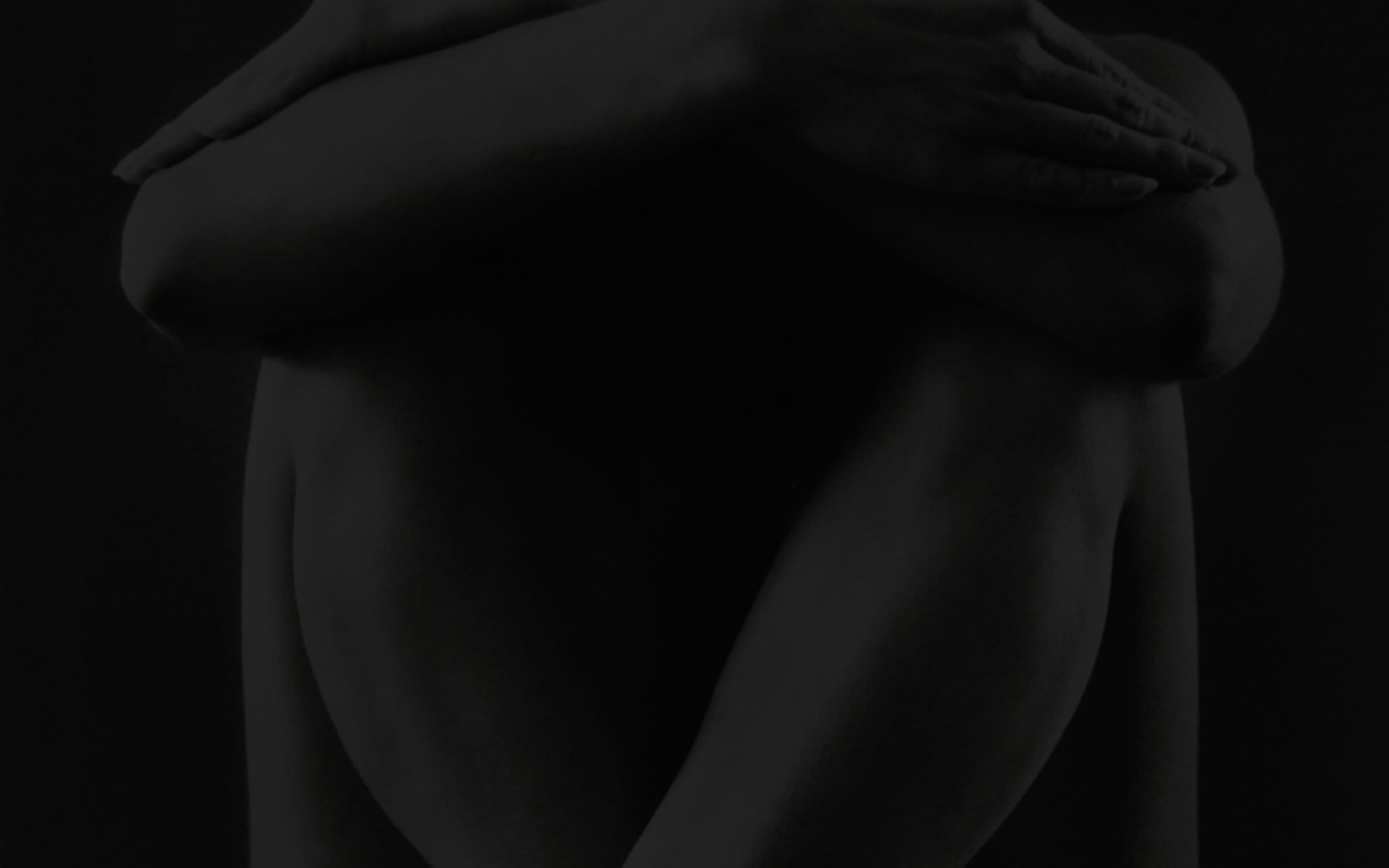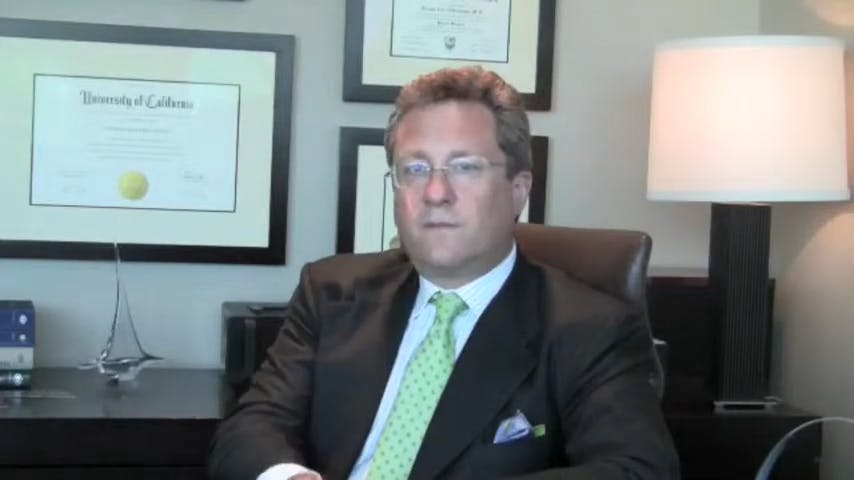Breast augmentation enhances your natural beauty, offering fuller, balanced, and youthful breasts. Ideal for restoring volume lost after pregnancy or weight changes, correcting asymmetry, or boosting confidence, Dr. Teitelbaum's artistic precision delivers astonishingly natural-looking results, empowering you to feel your absolute best—beautifully and authentically you.
What is Breast Augmentation?
Breast augmentation in Los Angeles is a cosmetic surgical procedure designed to enhance breast size, shape, symmetry, and overall appearance through implants or fat transfer.
Women typically pursue breast augmentation to:
- Achieve fuller, more proportionate breasts
- Restore lost volume after pregnancy or weight fluctuations
- Improve self-confidence related to breast size
- Address breast asymmetry
